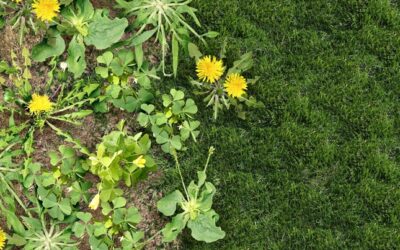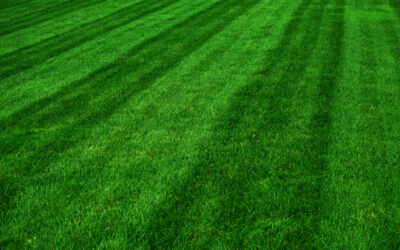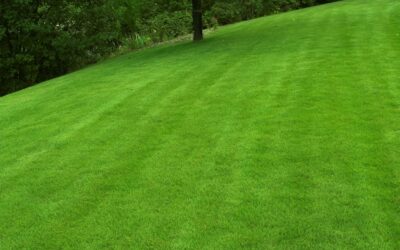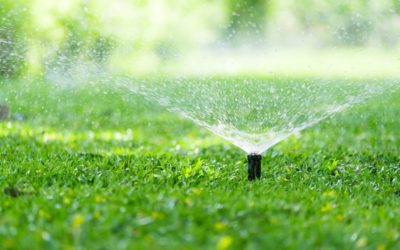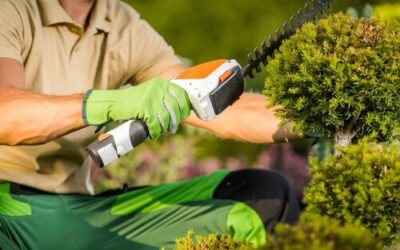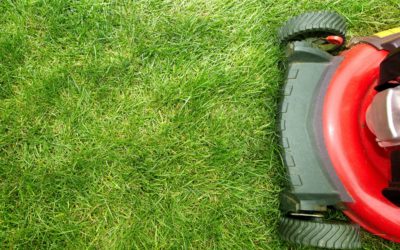Expert Lawn Mowing Tips and Lawn Care Insights
Does Mowing Keep Weeds Away?
We all dream of a lush, uniform lawn. But dandelions, crabgrass, and clover often challenge that dream. While the battle against weeds can feel relentless, your mowing practices are important in weed management. This guide will explain how proper mowing can be one of...
Best Mowing Pattern For Riding Mower
A lush, beautifully maintained lawn is a source of pride for any homeowner. Your riding mower is a powerful ally in this pursuit, but did you know that the way you mow, specifically the pattern you follow, can make a difference? Of course, it’s not just about getting...
3 Techniques for a Perfectly Mowed Lawn
At Executive Lawn Care, we know there’s nothing quite like having a lush, green lawn in North Texas. Whether it’s family barbecues, kids and pets playing in the yard, or simply boosting your curb appeal, a beautiful lawn is part of what makes your house feel like...
4 Lawn Care Tips While on Vacation
Planning a vacation should be exciting, not stressful. We know one thing many North Texas homeowners worry about is coming back to an overgrown, thirsty lawn. That's why the team at Executive Lawn Care put together this simple guide to help you keep your yard healthy...
How to Fix Backyard Flooding: A Comprehensive Guide for Homeowners
As a homeowner, dealing with a flooded backyard can quickly become frustrating and stressful. Not only can it damage your property, but it can also create an unhealthy living environment due to increased chances of mold growth and insect infestations. If you're...
Will Pool Water Damage Grass? A Homeowner’s Guide
Many homeowners look forward to enjoying their beautiful swimming pools to escape the heatwave during these summer months. However, when it comes time to drain or partially drain your pool, you might wonder, "Will pool water damage grass?" or "Can I drain my pool...
Unleash the Beauty of Your Landscape: Summer Tree and Shrub Trimming
As the vibrant colors of summer surround us, our Dallas landscaping comes alive with lush greenery, blooming blossoms and majestic trees. However, regular shrub and tree trimming are essential to maintain the beauty of our outdoor spaces. Let's explore the art of...
Guide to Effective Communication with Lawn Care Provider
Dreaming of a lawn that could be the envy of your neighbors? Achieving that lush green grass is no easy feat, and that's why lawn care professionals exist. But we experts can only work our magic with proper communication between us. Let's delve into some effective...
Best Lawnmowers for Your Lawn
Lawnmowers are essential for maintaining your healthy and beautiful lawn. With so many options on the market, it can take time to follow which brands and types of mowers best fit your needs. As a team that offers residential lawn mowing services, we are passionate...
Signs You Have Yard Drainage Problems: How a Landscaper Can Help
Lawn and yard maintenance are a balancing act: too little water is just as bad as too much. We can’t always control the amount of water our lawn has to handle. A well-maintained lawn makes your property look beautiful and inviting, and can add a lot of appeal to your...

